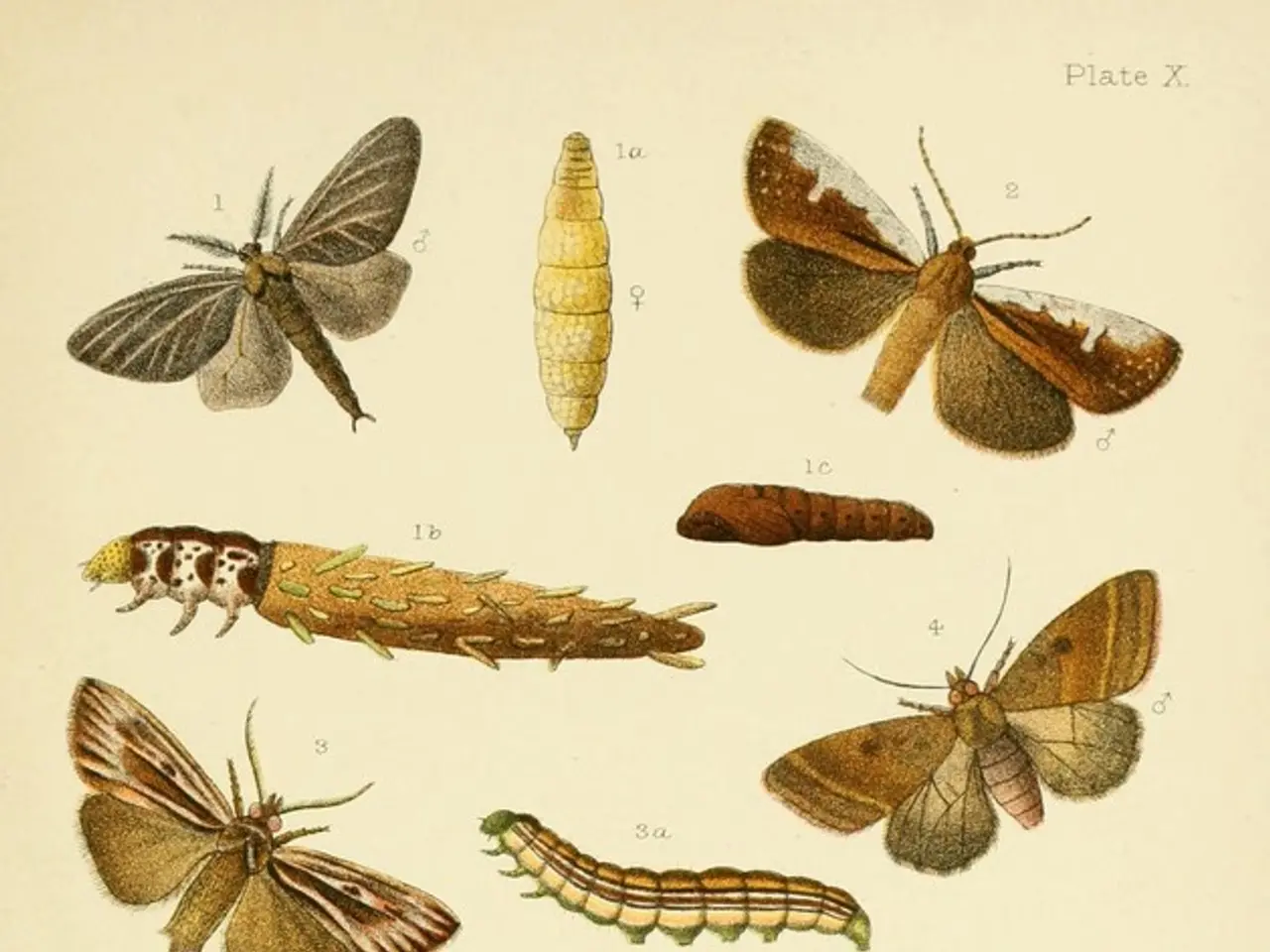Cabbage White Butterfly: Life Cycle & Impact on Gardens
Garden enthusiasts worldwide are familiar with the cabbage white butterfly, Pieris rapae, a common visitor to our green spaces. This insect undergoes a complete metamorphosis, passing through distinct stages: egg, larva, pupa, and adult. Let's delve into the life cycle and impact of this butterfly.
The cabbage white butterfly's life begins as a tiny, yellow or white egg laid on the underside of host plant leaves. These eggs hatch into larvae, known as imported cabbageworms, which feed on brassica plants like cabbage, kale, and broccoli. The larvae grow and transform into a pupa, or chrysalis, before emerging as an adult butterfly.
Adult cabbage white butterflies are recognised by their off-white wings, adorned with one or two black spots depending on sex, and a muted greenish or yellowish underside. They flutter around gardens from early spring through fall, especially on sunny days. These butterflies play a crucial role in the ecosystem, serving as food for birds and beneficial insects, and sparking curiosity about insect life cycles. However, their larvae can cause significant crop damage, making leaves unmarketable and reducing yields.
Physical methods to control cabbage white butterflies include handpicking caterpillars and eggs, using row covers, crop rotation, and introducing natural predators. Biological sprays like Bt (Bacillus thuringiensis) can also be employed to target larvae while sparing beneficial insects.
The cabbage white butterfly, while beautiful and ecologically important, can pose challenges to gardeners and farmers alike. Understanding its life cycle and employing appropriate control methods can help manage its impact on crops while preserving its role in the ecosystem.
Read also:
- Comprehensive Guide on Osteoporosis: Symptoms, Causes, and Treatments
- Proposal for a Worker Radiation Protection Directive Requested by Commission
- Sharply rising fatal accidents in Mainz 2025: A 144% surge in deaths - authorities plan to enhance safety for the elderly population
- Exploring the Digestive Benefits of Fermented Foods








